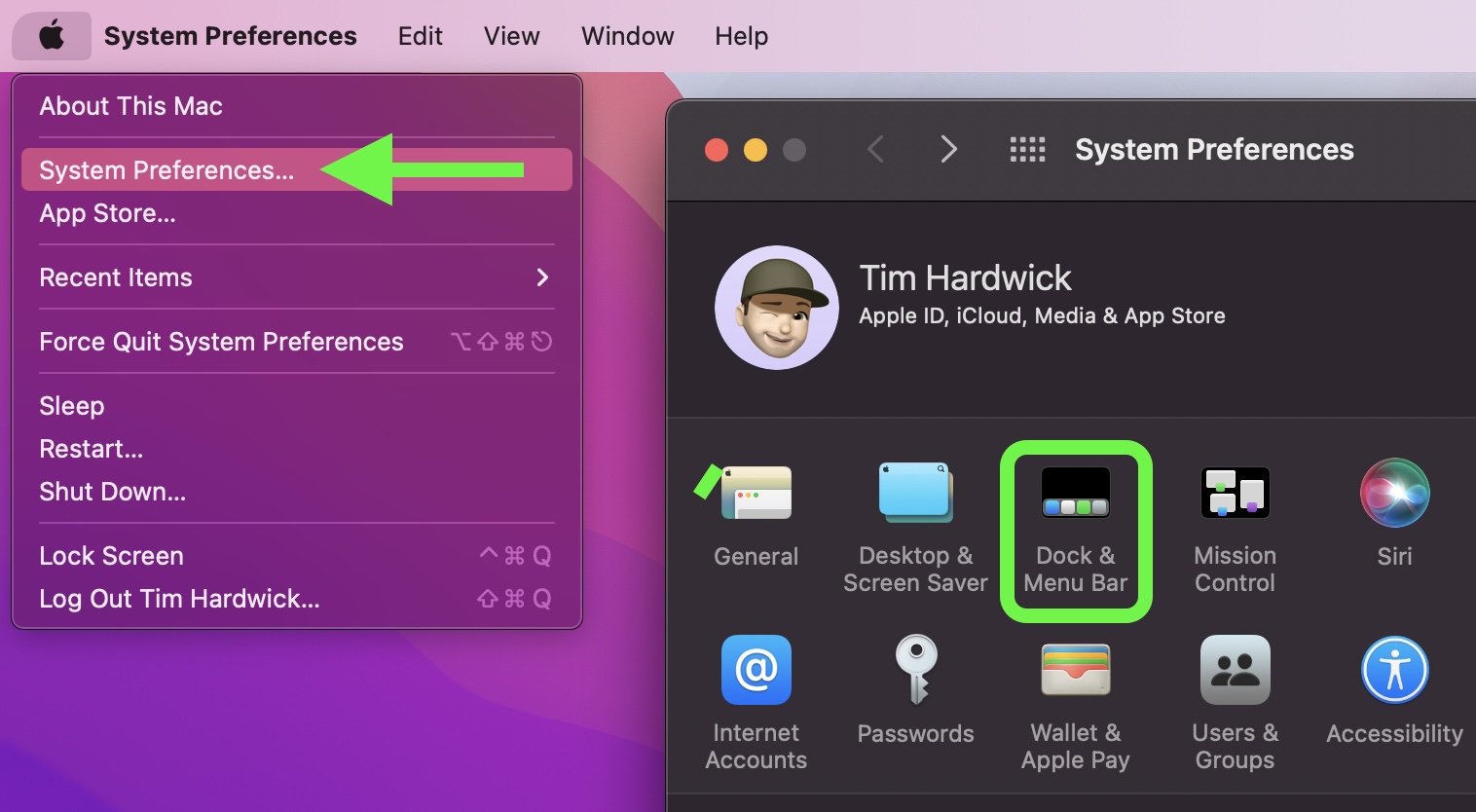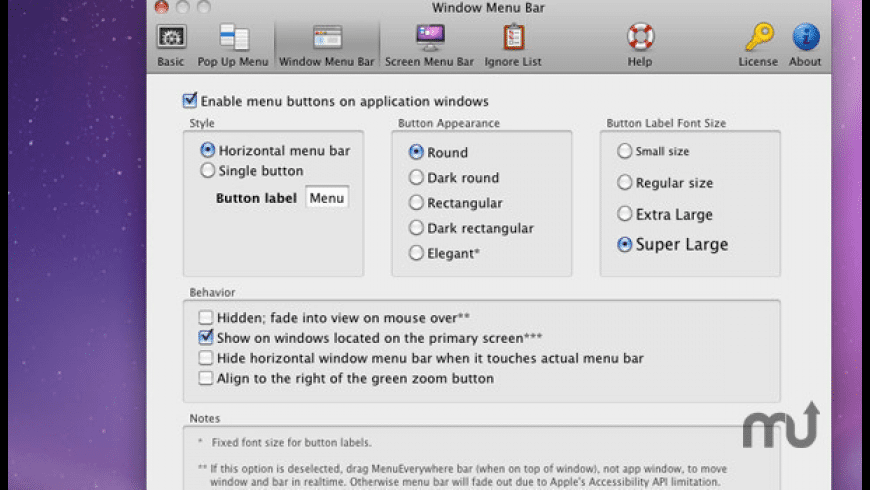

- #Moving menu bar on mac to top of the screen how to#
- #Moving menu bar on mac to top of the screen full#
- #Moving menu bar on mac to top of the screen windows#

On the other hand, many people want the menu bar Mac disappeared because of preferences for a minimalist screen. The menu bar is definitely a powerful instrument on a Mac device for accessing shortcuts, system functions, and app menus. The "Notification Centre" icon can provide access to details about the day as well as the notifications you might have missed.

The "Status menus" appear at the right end of the menu bar and includes icons.The apps in use are highlighted in bold and also include other menus such as File, Format, Window, or Edit. The next in the Mac menu bar icons includes the "App menus" located right beside the Apple menu.Some of these activities include updating apps, locking the screen, shutting down the Mac system, or opening "System Preferences. The first element on the menu bar is the "Apple menu." This function is situated at the left corner of the menu bar and can be used for accessing commands for frequent activities.Let us take a look at the contents of the menu bar on Mac in the following section. The menus and icons in the menu bar can be used for choosing commands, checking the status, and performing tasks. The menu bar changes according to the application that is selected. On the contrary, the menu bar on Mac systems is always found at the top of the screen.
#Moving menu bar on mac to top of the screen windows#
The Mac Menu Bar is different from that in Microsoft Windows because, in the case of the latter, the menu bar appears in each window. In a Mac system, the menu bar appears as a thin bar that is anchored to the top portion of the screen. On the other hand, this is what sets Mac apart from other operating systems and platforms.

Many people would assume the Mac menu bar missing because of the unique positioning. Most importantly, the menu bar provides the facility for accessing different functions such as display of help manuals, opening files, or interacting with an application. The menu bar is designed for housing application-specific menus on Mac systems. The menu bar can be defined as a graphical control element comprising of drop-down menus.
#Moving menu bar on mac to top of the screen how to#
How to access the Menu Bar with Keyboard?
#Moving menu bar on mac to top of the screen full#
The next time you take an app full screen, the menu bar will remain visible at the top of the window, complete with menu options and any other menu items you may have arranged there. Make sure Dock & Menu Bar is selected in the sidebar, and under "Menu Bar," uncheck the box next to Automatically hide and show the menu bar in full screen.Click the Dock & Menu Bar icon in the preference pane.Click the Apple () symbol in the menu bar and select System Preferences.This effect may be welcomed, but if you'd prefer the menu bar and its items to remain visible in full screen mode, there's a setting that you can disable to achieve it. If you're using a Mac that has a camera housing or "notch" centered at the top of the screen, like a 14-inch or 16-inch MacBook Pro, hiding the menu bar effectively makes the notch invisible, since the menu bar color turns black in full screen mode, regardless of whether you're using Light or Dark mode. In macOS Monterey, when you take an app fullscreen by clicking the green traffic light icon in the top-left corner of the app window, the menu bar may be hidden from view in order to draw your focus to the window's content.


 0 kommentar(er)
0 kommentar(er)
